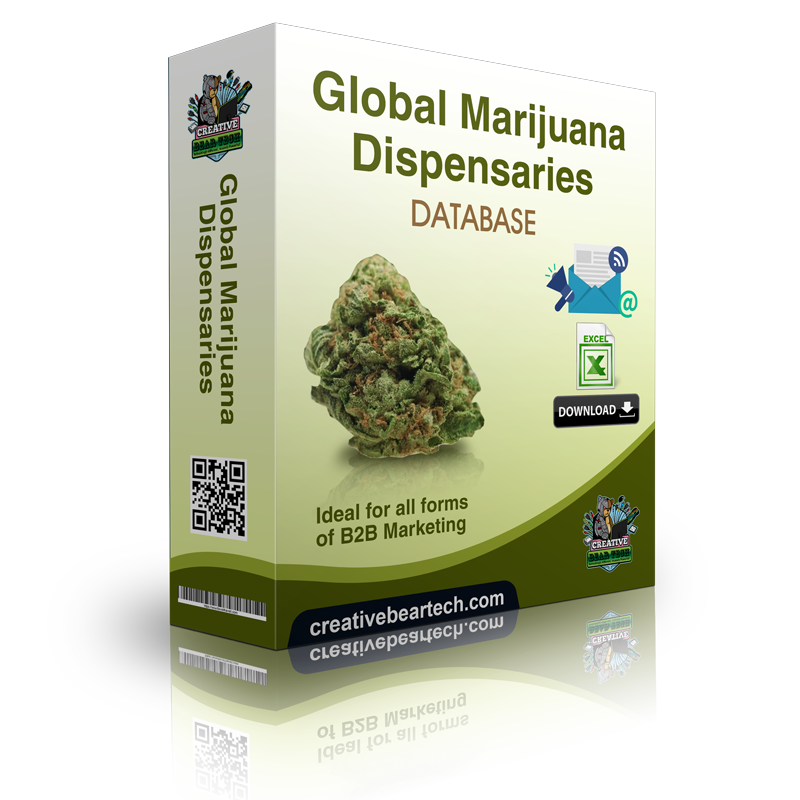A comprehensive list of search engines? If you’re not segmenting your email list and sending targeted messages just to certain segments, you need to start. Don’t just send the same email to everyone. You want your subscribers and customers to think that you know them better than your competitors ever could. If you’re just sending out blasts to your entire list, your emails are either going to be too niche or too broad. Relevant emails are the ones that get sales and inspire subscribers to take action. If you’re sending the same email to your best customers that you’re sending to your lapsed customers, neither of them is going to feel important. But to be able to send relevant emails, you need to segment your email list.
Many email marketers look to their email click-through rates as an indication of whether or not their email marketing is hitting the mark. But before your email subscribers can even click anything, they have to open your email, right? That’s why we’re sharing email marketing tips to increase open rates. This way, you’ll have what you need to convince your subscribers to open your emails so they actually can click through! There are quite a few opinions out there about how best to increase your email open rates. We’ve curated a list of the 5 email marketing tips to increase open rates that are based on sound data and have the power of highly successful email marketing campaigns to back them up.
Initially, the term “search engine marketing” was used as an umbrella term for the process of gaining both paid and free search traffic. Over time, the industry switched to using the term “SEM”, or Search Engine Marketing, solely for paid activities. So, what does this type of digital marketing mean? Search engine marketing refers to a form of digital marketing that aims at increasing the visibility of a website in search engines by using paid methods. In other words, it’s the ads you put out there on Google AdWords and Bing Ads. You can recognize paid search results in Google by the little sign “Ad” at the beginning of the URL. Also, Google puts these pages first in the search results. By combining SEO and SEM, you can drive quality traffic to your website. With the help of search engine marketing, you can put yourself in front of the audience that is actively searching for services and brands like yours. Find even more information on a complete guide to instagram marketing.
In order to achieve a high inbox rate, you need to ensure that your message is unique on every send. Otherwise, if you are sending the same message to thousands upon thousands of recipients, your message is likely to be flagged up by sophisticated spam filters and never reach the inbox. To overcome this, we have added macros, spintax format and formatting features. You can import the databases that you have scraped using CBT Web Scraper and Email Extractor and then use corresponding macros inside your message. For example, a macro such as %companyname% will replace %companyname% with the company name of each company inside the Excel spreadsheet. This feature is a great way of generating personal and highly targeted messages. You can also add text in spintax format to ensure that your email is unique on every send. Spintax format supports curly brackets and pipes. For example, Good Morning. You can also format your messages for an added visual impact.

What is Local SEO? Local SEO is an act of optimizing your local business website so that you are found for the local searches in Google that are most relevant to your business. What is the difference between local SEO and organic SEO? Organic SEO is the practice of optimizing your business website to make it search-engine compliant, and get it ranked in SERPs for the relevant keywords. Local SEO is more about building relevant signals around a particular location. Organic SEO has its goal to get ranked as high as possible for a set of target keywords whereas local SEO aims to get into the local listing packs.
Why email marketing works See even more information on Email Marketing Blog.